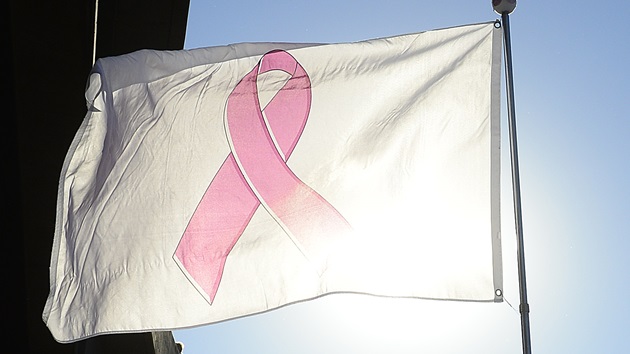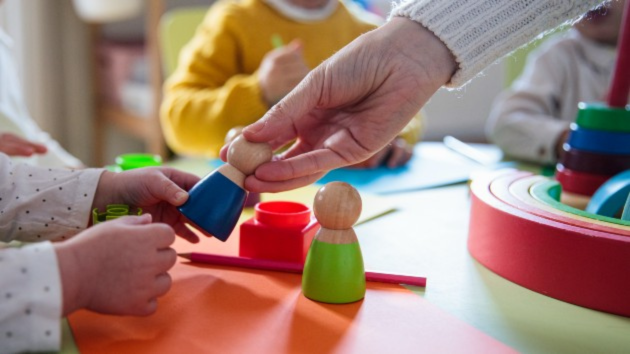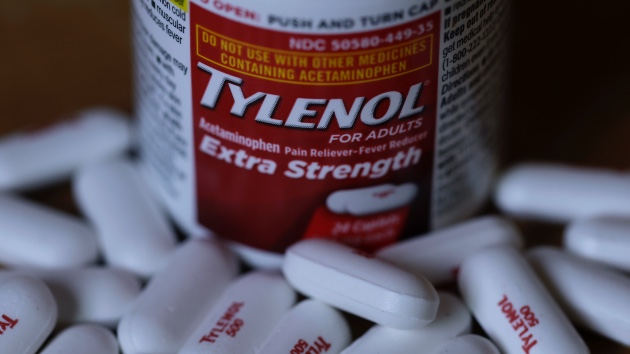Black New Yorkers were hospitalized for COVID at a rate two times higher than white during omicron
Written by luck on March 4, 2022

(NEW YORK) — Black New Yorkers were hit disproportionately hard during the omicron wave compared to white New Yorkers, according to a new analysis from the city’s Department of Health & Mental Hygiene published Wednesday.
Black New York City residents were hospitalized for COVID-19 at a rate more than two times greater than white residents.
For example, during the week ending Jan. 1, 2022, Black people were being hospitalized at a rate of 120.45 per 100,000 while white people were hospitalized at a rate of 47.14 per 100,000 that week, according to city data.
This is a much larger gap than seen during previous waves such as the delta wave in fall 2021 or the winter wave of 2020-21.
“This finding represents the impact of multiple points of failure in our system to adequately safeguard the health of Black New Yorkers,” the authors wrote. “It mirrors extensive national evidence documenting racial inequities in COVID-19 outcomes affecting Black persons across the United States.”
The report also found COVID-19 hospitalizations were much higher in New York City neighborhoods with a high percentage of Black residents.
For example, in the Bronx ZIP code 10469, which is about 53% Black, the hospitalization rate during January 2022 was about 274 per 100,000.
By comparison, the Manhattan ZIP code 10075, which is 87% white, had a hospitalization rate of 112 per 100,000 for the same period.
To address why there are such disparities, and how to narrow the gap, the NYC DOHMH also detailed structural racism that has played a role in why Black New Yorkers experienced worse outcomes.
One of these factors is that Black New Yorkers were at greater risk for COVID-19 exposure because they were less likely to be able to work from home since the start of the pandemic.
Additionally, the report also noted that Black residents are more likely to live in “multi-generational homes without adequate space for quarantine and isolation” which increases the risk of being exposed to the virus.
There have also been inequities in making such Black New Yorkers get vaccinated or boosted.
At the start of the omicron wave — Dec. 11, 2021 — only about 50% of Black residents were fully boosted compared to about 60% of white residents and a citywide rate of about 70%.
What’s more, by that same date, about 10% of Black New Yorkers had received a booster shot compared to about 25% of white New Yorkers “in part because fewer had completed their primary vaccination to be eligible for an additional dose,” the report states.
There were also delays in diagnosing Black residents with COVID-19.
The report found about 1 in 4 Black New Yorkers were not diagnosed until five days or longer after symptoms appeared compared to about 1 out of 4 other New Yorkers who took four or more days to get diagnosed.
“These extended times from COVID-19 symptom onset to diagnosis are driven in part by structural barriers such as decreased access to COVID-19 testing or time off work to seek testing,” the authors wrote.
However, there were some bright spots in the report. To close racial gaps, the city’s Taskforce for Racial Inclusion and Equity initiative identified 74 ZIP codes where vaccination rates needed to be boosted.
By February 2022, 73 of those ZIP codes had at least 70% of residents fully vaccinated compared to 14 ZIP codes as of July 2021.
“While the drivers of health inequities are complex and rooted in centuries of structural racism and disinvestment, the Health Department is committed to identifying solutions to protect and promote health today while also building long-term strategies to address structural factors,” the authors wrote.
Copyright © 2022, ABC Audio. All rights reserved.





